When a business has invested time and money in developing an original product or service, particularly if a technical problem has been overcome, it is likely that one or more intellectual property rights have been created in the process. Intellectual property rights (or IPRs) include patents, designs, trademarks, copyright and knowhow.
As there is a lot of jargon in the world of IPRs and it can be difficult to attain fluency, for example, sometimes people talk loosely of copyrighting or trademarking an idea or patenting a brand. The following definitions are provided as introduction to the forms of IP protection.
We pride ourselves on our friendly and supportive service and do not charge for an initial telephone discussion or meeting to discuss how we might help you.
To arrange this, simply call us on +44 (0) 20 8892 5569
CONTACT US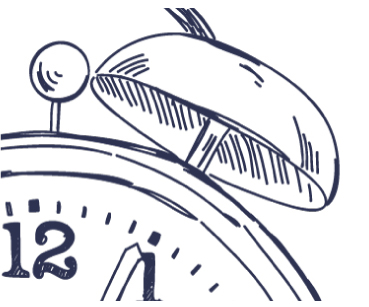
New technical aspects of the clock may be protectable by one or more patents. Examples of possible patentable features include the mechanism, a metal alloy for use in the mechanism, a luminescent dye for the numbers on the clock face, an anti-reflective coating for the face plate, a method of manufacture.
READ MORE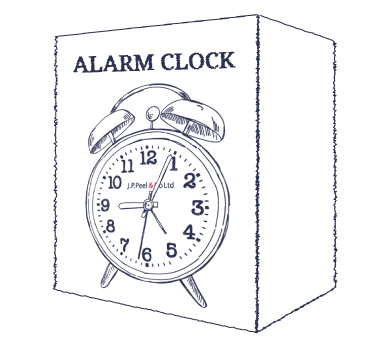
The wording and format of the instructions on an accompanying instruction leaflet and any packaging may be protected by copyright, if original. Copyright is an important form of IP protection, particularly in the creative industries such as web site design...
READ MORE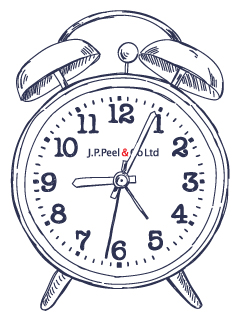
The shape of the housing of the clock including the bells, handle and legs may give a distinct overall visual appearance to the clock. This new visual appearance may be protected with a registered design. A registered design can quickly give useful protection for the appearance of a new product at a relatively low cost and so...
READ MORE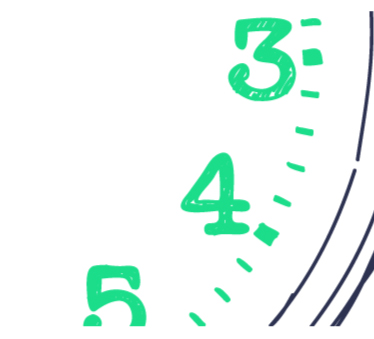
Technical aspects which will not be discernible from an analysis of the clock may be kept secret as knowhow. Examples of knowhow might be a method for printing the numbers on the clock face using the luminescent dye or a method for assembling the clock mechanism.
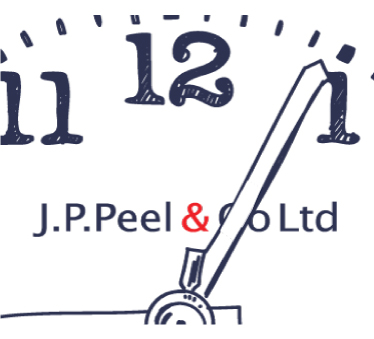
Registered trademarks could be used to protect the branding in terms of the product name, its logo and any associated slogan so that you protect your relationship with your customers and can prevent third parties hijacking your investment in marketing and in providing a high quality product or service.